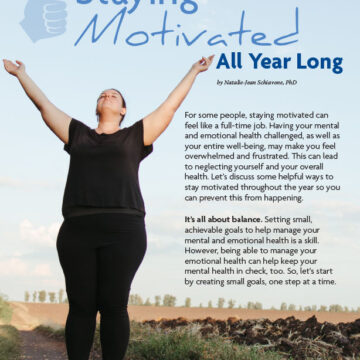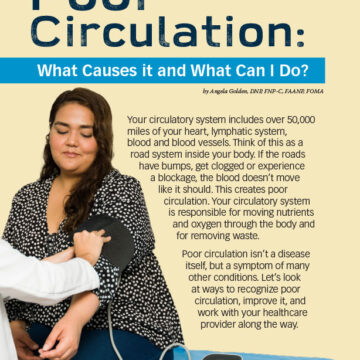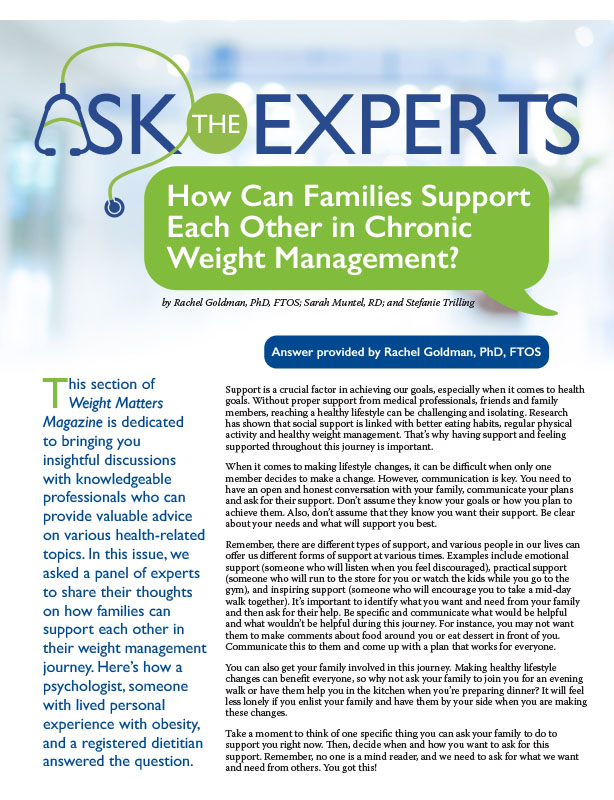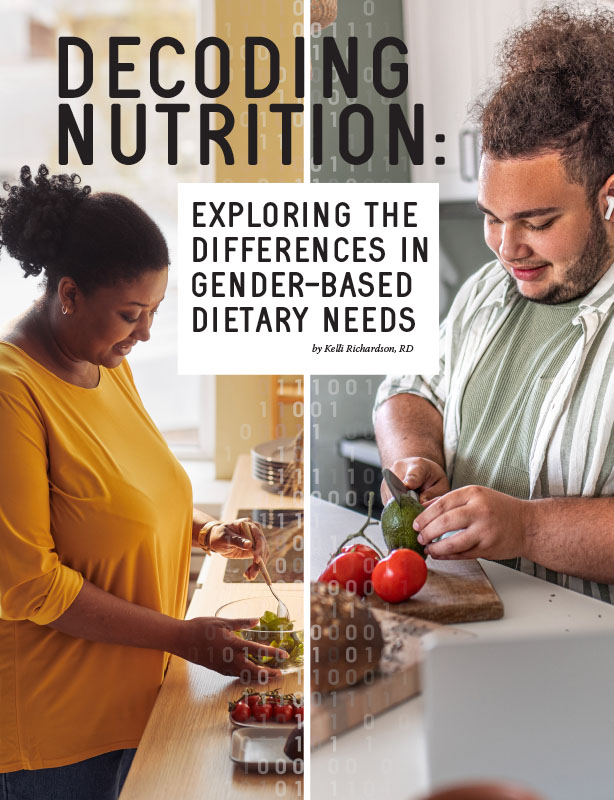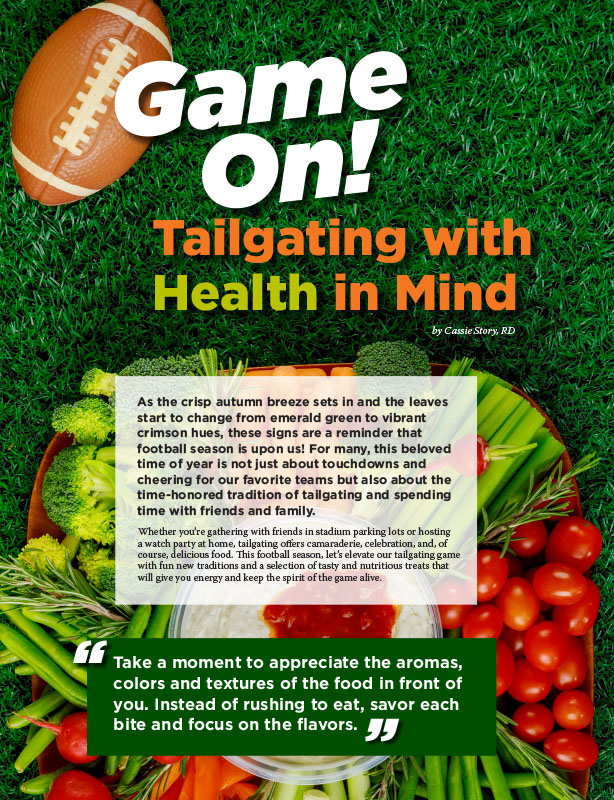Spring Has Sprung – On Our Plates!

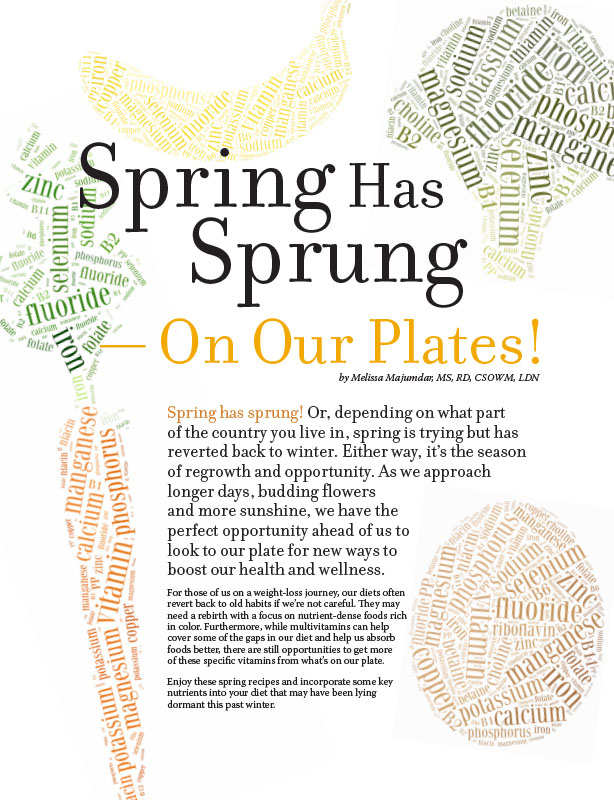
by Melissa Majumdar, MS, RD, CSOWM, LDN
Spring 2023
Spring has sprung! Or, depending on what part of the country you live in, spring is trying but has reverted back to winter. Either way, it’s the season of regrowth and opportunity. As we approach longer days, budding flowers and more sunshine, we have the perfect opportunity ahead of us to look to our plate for new ways to boost our health and wellness.
For those of us on a weight-loss journey, our diets often revert back to old habits if we’re not careful. They may need a rebirth with a focus on nutrient-dense foods rich in color. Furthermore, while multivitamins can help cover some of the gaps in our diet and help us absorb foods better, there are still opportunities to get more of these specific vitamins from what’s on our plate.
Enjoy these spring recipes and incorporate some key nutrients into your diet that may have been lying dormant this past winter.
Choline
Choline sparked recent attention when the American Academy of Pediatrics recognized the need for more choline in prenatal vitamins. But it’s more than just pregnant and breastfeeding mamas that need this brain-boosting nutrient.
Choline helps regulate the three M’s: memory, muscle and mood. Our liver does a good job of making a bit of choline, but we rely on food for most of our choline needs. Choline is a very large nutrient, making it hard to formulate into a multivitamin. It’s also not routinely measured in blood work. Therefore, chances are, you’re likely not getting enough choline. Don’t fret – adding in some choline-rich foods to your diet, including the featured recipe I’ve listed here, can help!
Choline Needs (19+ years old)
Male – 550 mg/day
Female – 425 mg/day
Pregnancy – 450 mg/day
Lactation – 550 mg/day
Choline-rich Foods
- Egg – 147 mg
- Soybeans, roasted, ½ cup – 107 mg
- Chicken breast, 3 ounces – 72 mg
- 1 large potato, red, with skin – 57 mg
- Wheat germ, toasted, 1 ounce – 51 mg
- Kidney beans, canned, ½ cup – 45 mg
- Quinoa, cooked, 1 cup – 43 mg
- Brussels sprouts, boiled, ½ cup – 32 mg
- Broccoli, boiled, ½ cup – 31 mg
- Shiitake mushrooms, cooked, ½ cup – 27 mg
Broccoli Mushroom Sunshine Frittata
Adapted from: 100DaysOfRealFood.com
Ingredients:
- 2 tablespoons olive oil
- 2 shallots, minced
- ½ pound Yukon gold potatoes, cut into ½-inch diced pieces (keep peel on)
- ½ pound broccoli, cut into 1-inch pieces
- 8 ounces of mushrooms, diced (baby Bella or similar)
- 10 eggs, beaten
- Salt and pepper, to taste
- ½ cup crumbled feta
Instructions:
- Preheat oven to 450 F.
- Heat the oil in a large (12-inch) cast iron skillet over medium-high heat. Cook the shallots and potatoes, while stirring occasionally, until the potatoes begin to brown and soften, about 10 minutes. Season generously with salt.
- Stir in the broccoli and mushrooms and cook until the broccoli is tender when pierced with a fork, 5 minutes. If the potatoes are not tender enough, pour in ½ to ¾ cup water to help steam and soften the veggies. Turn the heat off once water is completely absorbed.
- Transfer half of the veggies to a plate, pour in the eggs, season with salt and pepper, and top with the veggies (from the plate) and crumbled feta. If you’re using a true cast iron skillet, it should still be hot enough to start cooking the eggs.
- Slide the skillet in the oven and bake until the eggs are set, 5 to 10 minutes, and serve.
*Bonus nutrient: Look for ultraviolet (UV) treated mushrooms for a vitamin D booster.
Magnesium
Magnesium is another nutrient that takes up a lot of real estate in a multivitamin. To fit enough magnesium into one pill, you’d be swallowing a half-dollar! Some people take magnesium supplements to prevent migraines and headaches, manage osteoporosis or counter magnesium loss from diuretics (water pills). If you’re planning to take extra magnesium, add it in slowly to prevent diarrhea or abdominal cramping, and don’t take more than 350 mg from all sources.
What’s the big deal about magnesium anyway? Magnesium helps support bone health along with calcium and vitamin D. It also plays a role in nerve and muscle function, regulating blood sugar and blood pressure, and making protein.
Magnesium is another nutrient that is hard to measure in the blood because most of it is stored in our cells and bone. Therefore, blood levels of magnesium don’t tell the whole picture. The standard American diet provides less than ideal amounts of magnesium, so try padding your plate with magnesium-rich foods.
Magnesium Needs: Recommended Dietary Allowances (19+ years old)
Male – 400-420 mg/day
Female – 310-320 mg/day
Pregnancy – 350-360 mg/day
Lactation – 310-320 mg/day
Magnesium-rich Foods
- Pumpkin seeds, roasted, 1 ounce – 156 mg
- Chia seeds, 1 ounce – 111 mg
- Spinach, boiled, ½ cup – 78 mg
- Cashews, dry roasted, 1 ounce – 74 mg
- Black beans, cooked, ½ cup – 60 mg
- Edamame, shelled, cooked, ½ cup – 50 mg
- Yogurt, plain, low-fat, 8 ounces – 42 mg
- Peanut butter, 2 tablespoons – 49 mg
- Salmon, Atlantic, farmed, cooked, 3 ounces – 26 mg
Magnesium Mouthful Peanut Salad Sauce
Adapted from: TheEndlessMeal.com
Ingredients:
- ½ cup smooth peanut butter or cashew butter
- ½ cup lime juice
- 1 tablespoon soy sauce
- 1 tablespoon ginger, grated
- 2 teaspoons toasted sesame oil (can substitute with olive oil)
- 2 cloves garlic, minced
- ¼ – ½ cup water
- Sea salt, to taste
Instructions:
- In a medium-sized bowl, whisk together the peanut butter, lime juice, soy sauce, ginger, sesame oil and garlic.
- Thin with water, starting with ¼ cup. If you’re planning to make a salad dressing, thin more, or keep it thicker for a dipping sauce. The sauce will thicken in the fridge over time.
- Taste and season with salt, if needed.
- Store extra in the fridge.
*To make a salad full of magnesium-rich ingredients to pair with your yogurt peanut dressing, layer your salad with spinach, edamame, cashews, and a piece of salmon or scoop of black beans.
Selenium
Selenium is best known for its antioxidant properties. Our bodies are constantly under stress from daily tasks, poor sleep, illness and more. Too much stress can cause oxidative damage. Antioxidants protect and repair our cells from stress. Selenium plays critical roles in reproduction, thyroid health, metabolism and DNA synthesis. Blood levels of selenium aren’t as difficult to measure as choline and magnesium, but they are not part of a standard lab panel.
Selenium Needs: Recommended Dietary Allowances (14+ years old)
Male – 55 mcg/day
Female – 55 mcg/day
Pregnancy – 60 mcg/day
Lactation – 70 mcg/day
Selenium-rich Foods
- Brazil nuts, 1 ounce (6-8 nuts) – 544 mg
- Tuna, yellowfin, cooked, dry heat, 3 ounces – 92 mg
- Halibut, cooked, dry heat, 3 ounces – 47 mg
- Turkey, boneless, roasted, 3 ounces – 31 mg
- Cottage cheese, 1% milkfat, 1 cup – 20 mg
- Lentils, boiled, 1 cup – 6 mg
Get Proper Nutrients All Year Long!
It’s important to incorporate a variety of nutrient-dense foods into your diet, but this doesn’t have to be a hassle. Pick a few nutrients or foods to start with and experiment with making different dishes your family will enjoy this spring. Have fun and enjoy the process!
About the Author:
Melissa Majumdar, MS, RD, CSOWM, LDN, is the bariatric coordinator at Emory University Hospital Midtown in Atlanta. She has been helping adults and children eat more vegetables for the last 14 years and also helps prepare adults for bariatric surgery. Melissa serves as an Academy of Nutrition and Dietetics national media spokesperson and spends her free time running and kayaking with her family.
by Rachel Goldman, PhD, FTOS; Sarah Muntel, RD; and Stefanie Trilling Winter 2024 This section of Weight…
Read Articleby Kelli Richardson, RD You’ve probably heard the generic advice before: Eat your fruits and veggies. Limit…
Read Articleby Cassie Story, RD Fall 2023 As the crisp autumn breeze sets in and the leaves start…
Read Article




